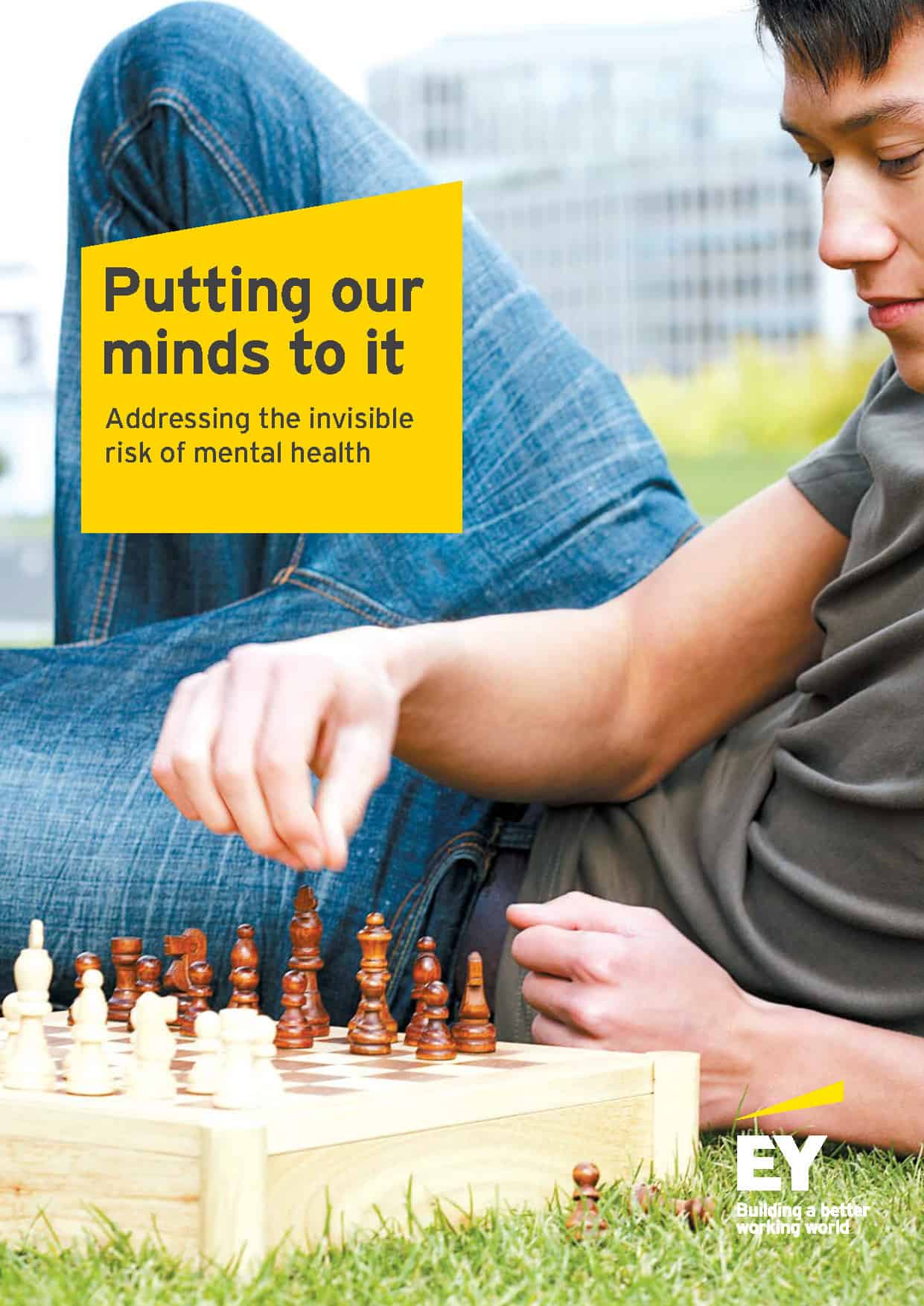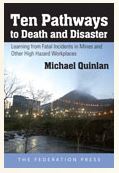 Recently, Ernst Young released a discussion paper about the risks of mental health in the workplace.
Recently, Ernst Young released a discussion paper about the risks of mental health in the workplace.
Mental health is a very popular topic at the moment and there are thousands of service providers in this sector. During the recent National Mental Health Week,

